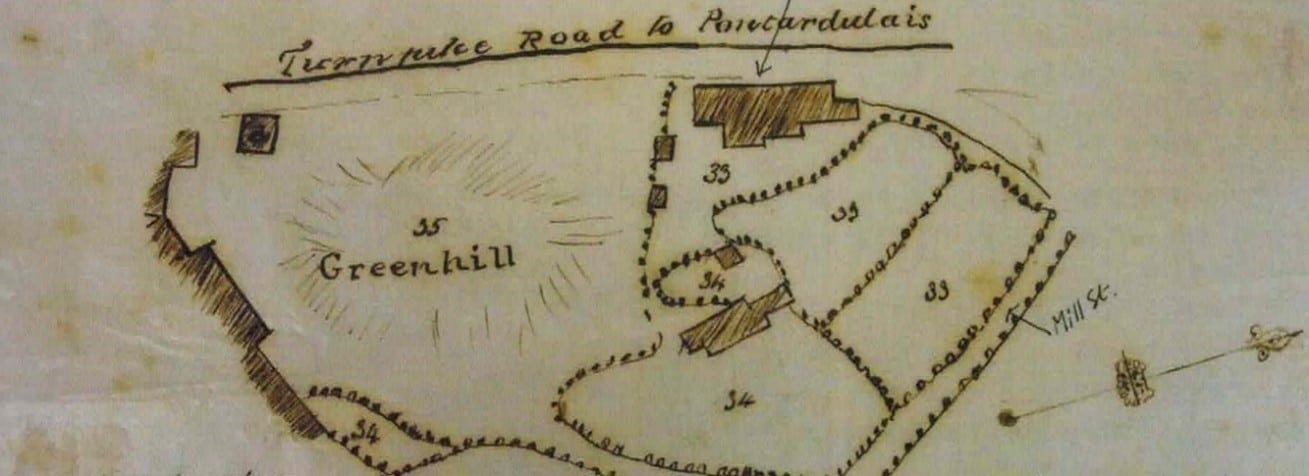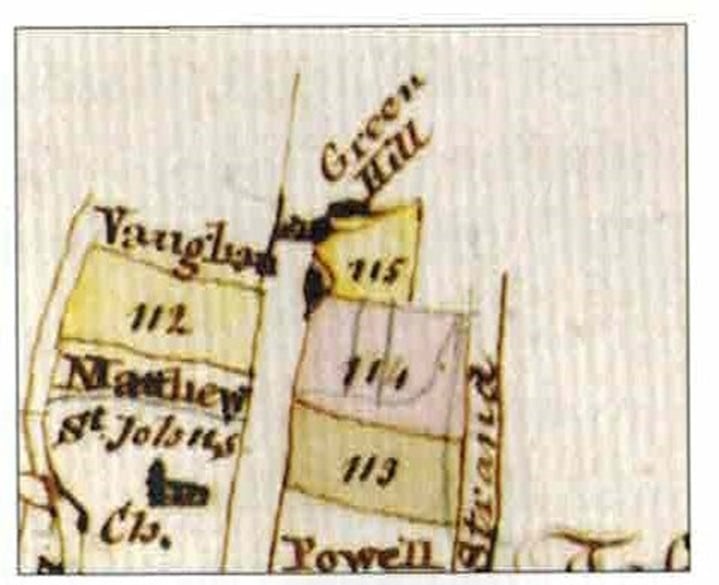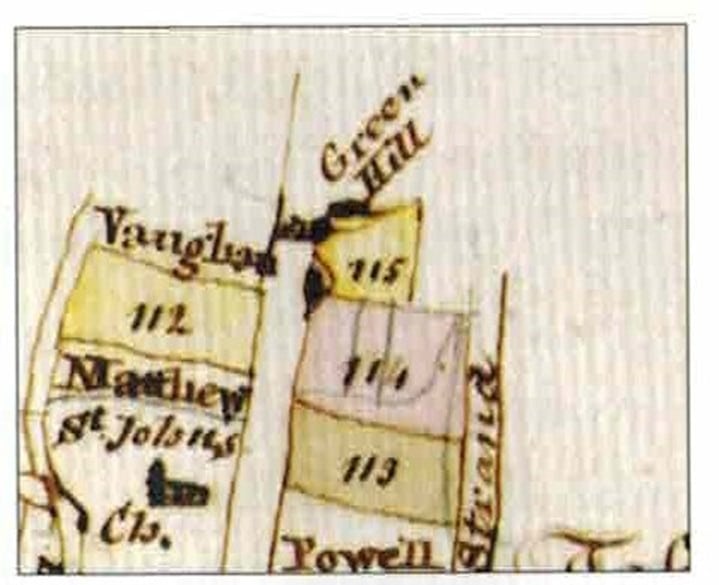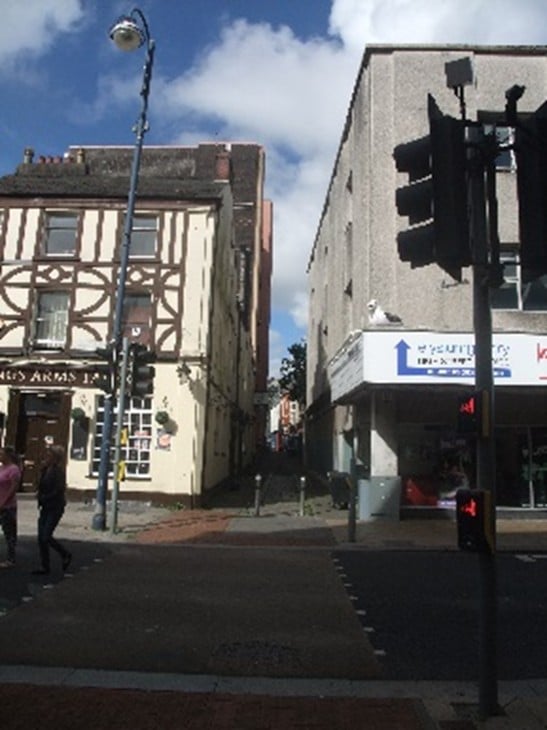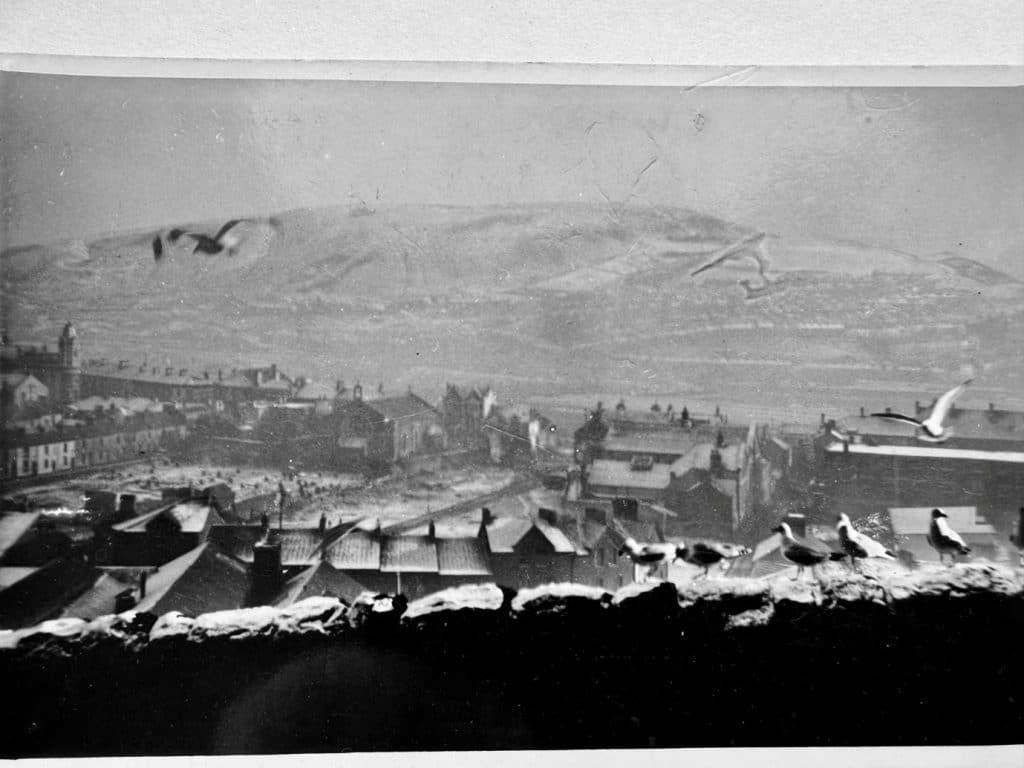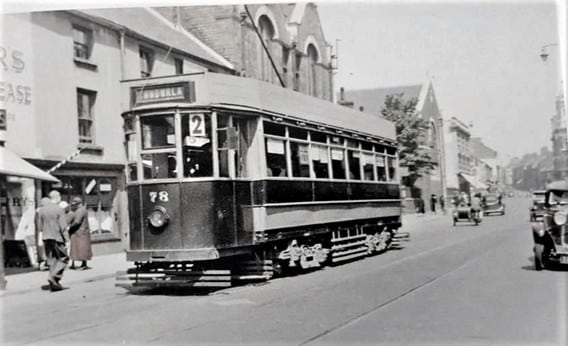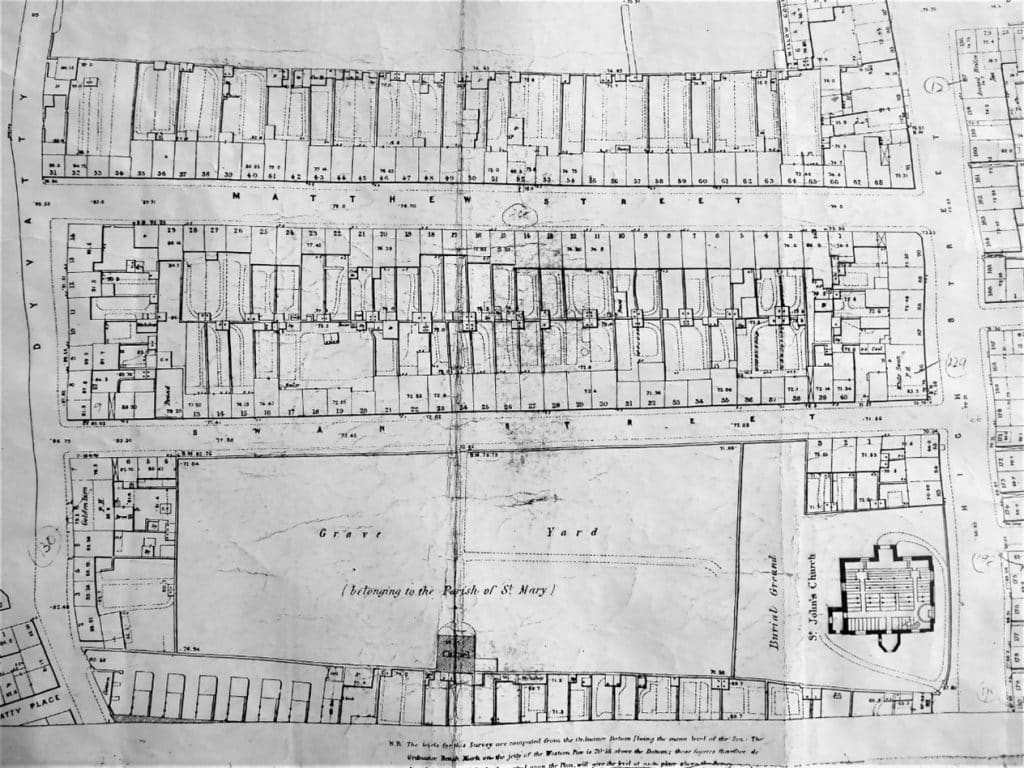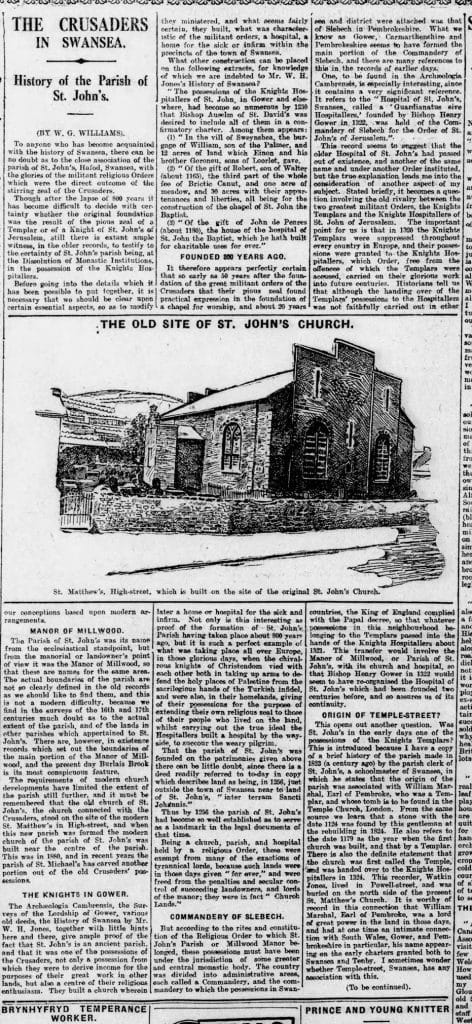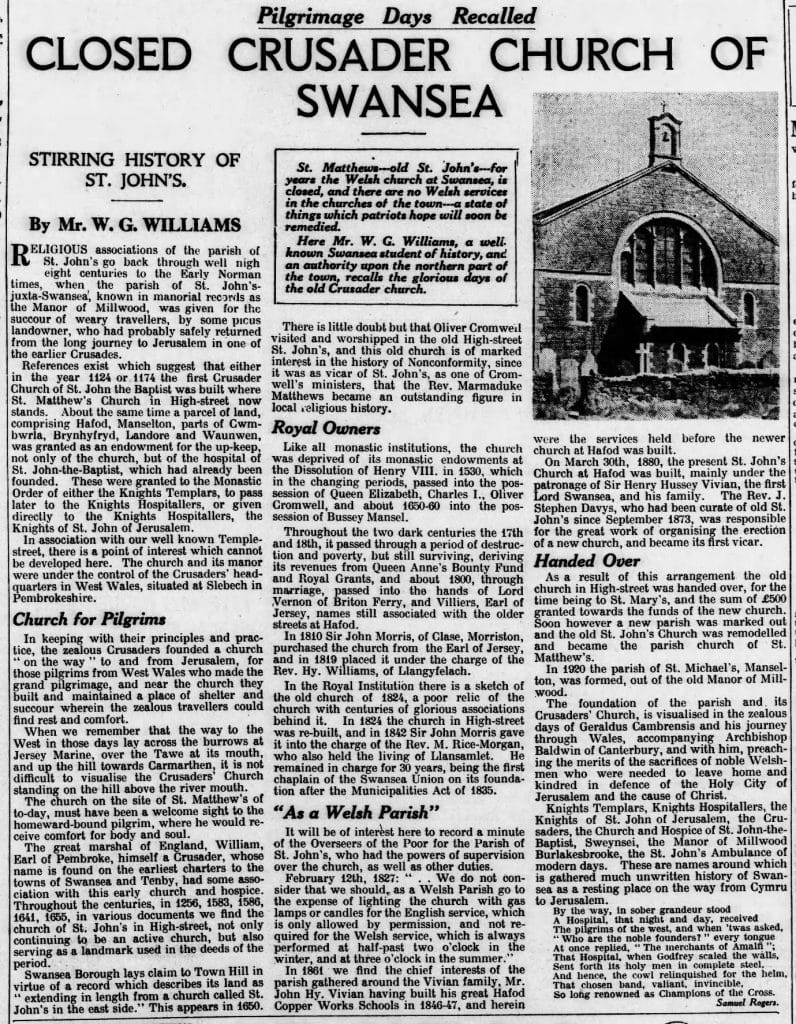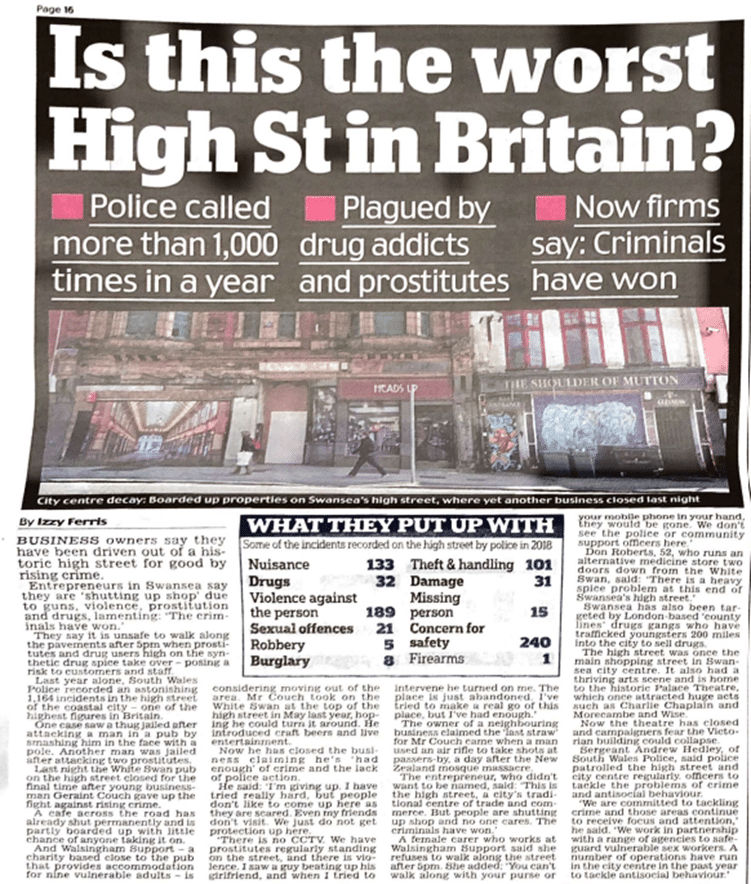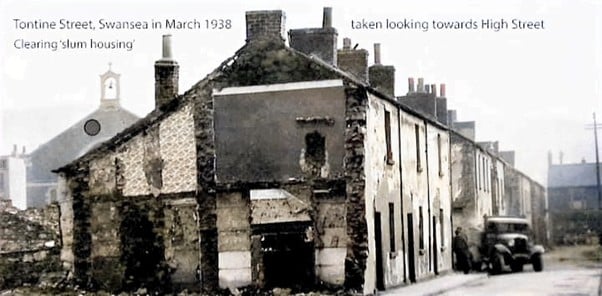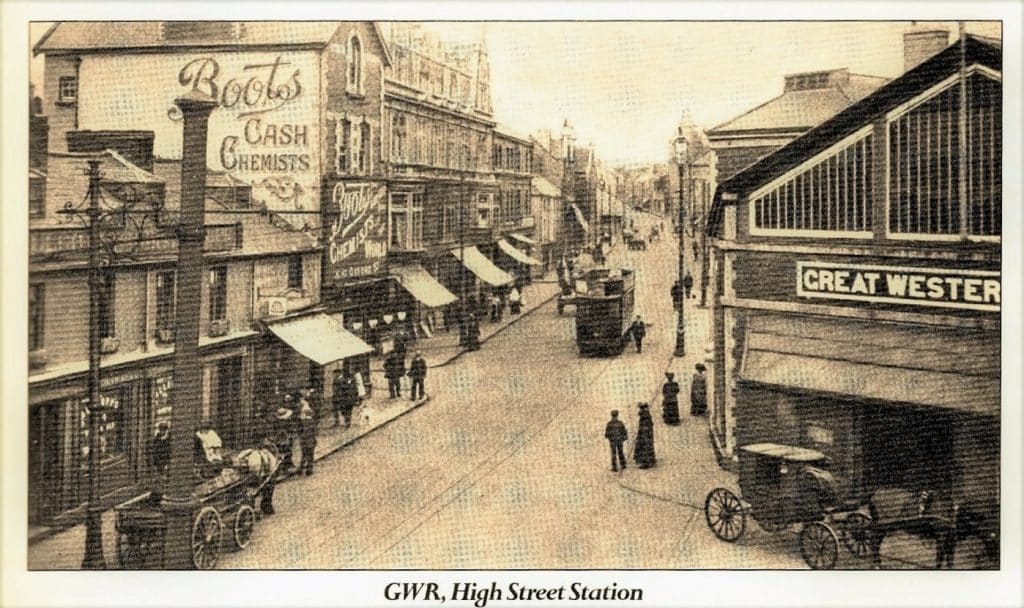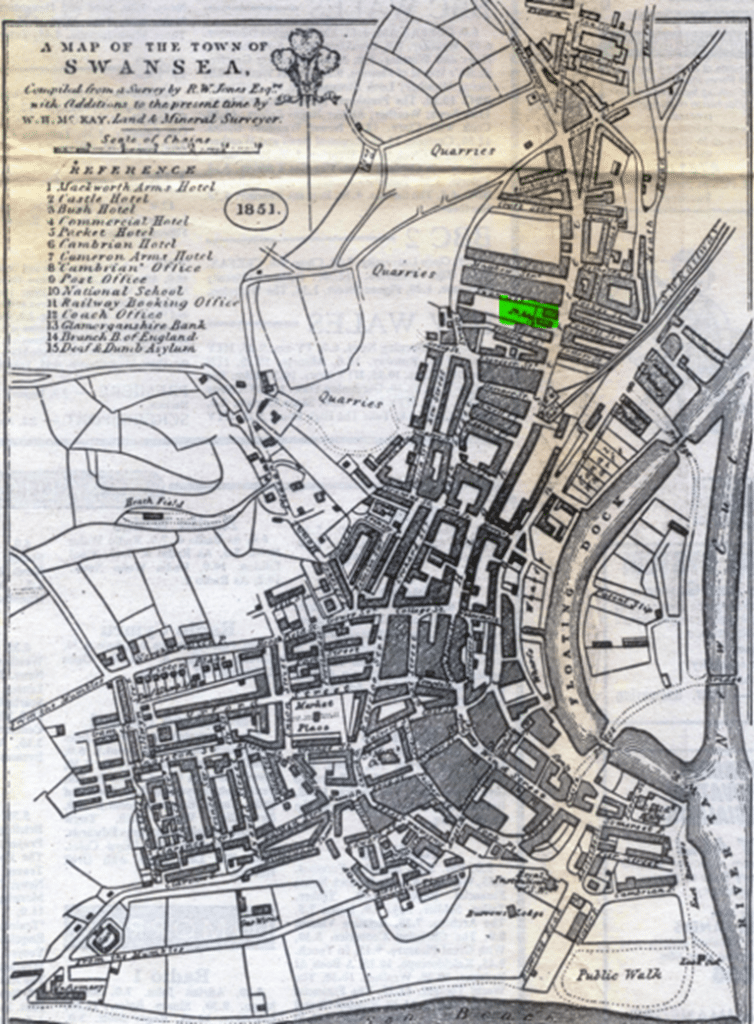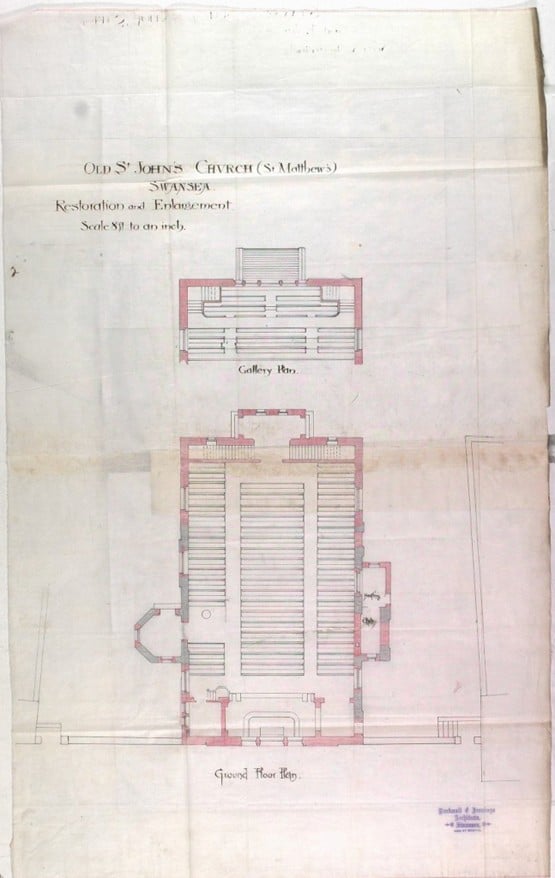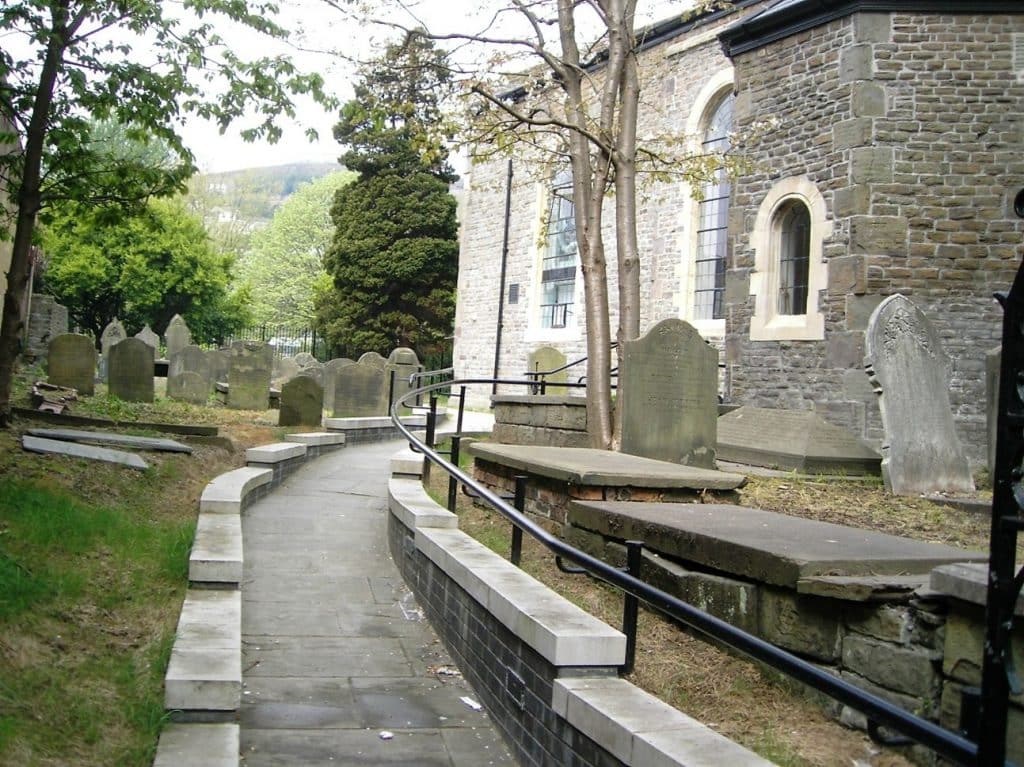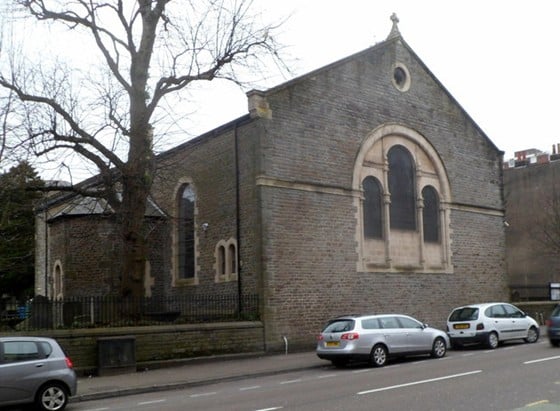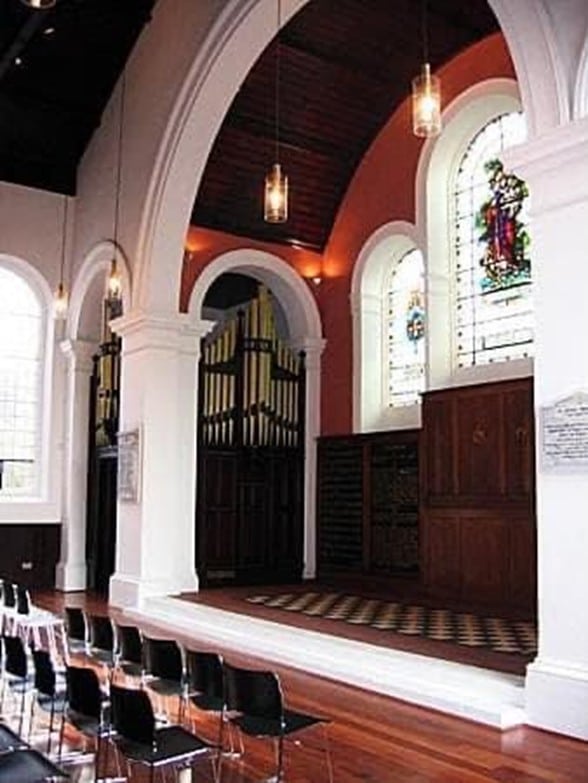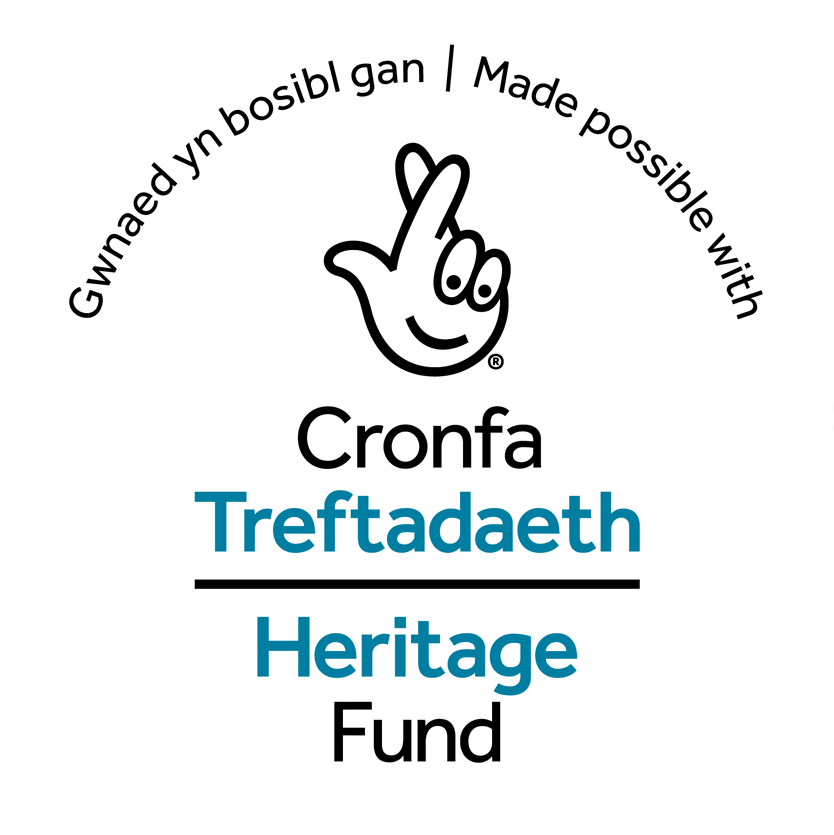The Knights Hospitaller and the Chapel of St John
The small chapel that eventually became St Matthew’s Church was originally constructed by the Knights Hospitaller, also known as the Order of St John of Jerusalem—a medieval religious and military order founded to care for pilgrims and crusaders. Around 1165, Robert son of Walter gifted the order land in Swansea to establish a chapel dedicated to St John the Baptist.
This makes the building’s origins some of the earliest documented church foundations in Swansea and Gower. In 1221, John de Braose, the Marcher Lord of Gower, granted the Hospitallers additional land in Millwood and Borlakesland (modern-day Hafod and Manselton)—forming the basis of the parish of St John-juxta-Swansea.
Interestingly, the chapel was never intended as a parish church. It likely became one informally over time as it was increasingly used by local residents—especially as the nearby St Mary’s Church inside the town walls became overcrowded. Tithes from the Hospitallers’ lands supported the chapel, and eventually, a formal parish was created to align income and ministry.
Despite this, St John’s Church remained an anomaly: for centuries, it lay outside the boundaries of the very parish it served. some of the congregation lived in nearby Greenhill, technically under the parish of St Mary’s, until a restructuring in the 19th century corrected this.
More: https://www.sja.org.uk/what-we-do/our-history-heritage-and-museum/
A Community Shaped by Challenge
By the 19th century, Greenhill was among the poorest districts in Swansea. Yet its people were known for spirit and solidarity. Housing was crowded, sanitation poor, but bonds between neighbours ran deep.
Greenhill has long been a place of struggle and survival. In recent memory, that reputation reached a low point when, in 2019, Swansea’s High Street—once a vital artery of the city—was named the “worst high street in Britain” by national media. Reports cited high rates of homelessness, drug misuse, boarded-up shops, and a sense of decline. The area became symbolic of wider urban challenges faced by post-industrial towns across the UK.
Yet such headlines tell only part of the story. Greenhill is not just a site of deprivation—it is a place of transformation, community, and care.
In the years that followed, redevelopment began to take root. Vacant lots were repurposed, derelict buildings refurbished, and student accommodation and small businesses brought new footfall to the area. Regeneration remains uneven, but signs of hope have emerged—and nowhere more clearly than in the work of Matthew’s House.
Matthew’s House: Hope in the Heart of the City
Since 2017, Matthew’s House has operated from the historic St Matthew’s Church as a centre of radical hospitality and community support. Run by The Hill Church charity, it has become a lifeline for hundreds of people each year, offering not just services—but dignity.
Key services include:
- Matt’s Café: a pay-as-you-feel café using intercepted food waste to serve hot, nutritious meals.
- Dignity Packs: essential toiletries, clothes, and sanitary products for those in crisis.
- Showers and Laundry: clean facilities for those without access at home or in shelters.
- Advocacy and Support: one-to-one listening, guidance, and connection to wider services.
- Matt’s Choir: a joyful, inclusive singing group that builds community and confidence.
During the COVID-19 pandemic, Matthew’s House co-founded the Swansea Together coalition—a city-wide emergency response providing over 100,000 meals, hygiene supplies, and emotional support to people in lockdown poverty. The collaboration evolved into a lasting Food Poverty Network, uniting charities, churches, local authorities, and volunteers in shared purpose.
This work has earned national recognition:
- Queen’s Award for Voluntary Service (2021) – the highest award a UK charity and its volunteers can receive.
- Big Issue’s Top 100 Changemakers with special award (2025) – recognising innovative, people-powered change.
- St David Award Nomination (2022) – for outstanding community impact in Wales.
A Living Legacy
Today, Matthew’s House continues a 900-year tradition of service on this site—stretching back to the Knights Hospitaller, who first built a chapel here in the 1160s. Just as they cared for the poor, sick, and weary traveller, Matthew’s House now walks alongside those facing homelessness, food insecurity, and isolation.
In 2023, the team took responsibility for the surrounding graveyard, transforming it into Greenhill Gardens—a peaceful, reflective space, blending history, heritage, and hope. The garden tells the story of Greenhill not just through the lives of its saints, workers, or reformers—but through its everyday people, remembered in stone and celebrated in soil.
This is Greenhill today: bruised but never broken. A place where faith and hospitality still rise, quietly, from the ground up.

